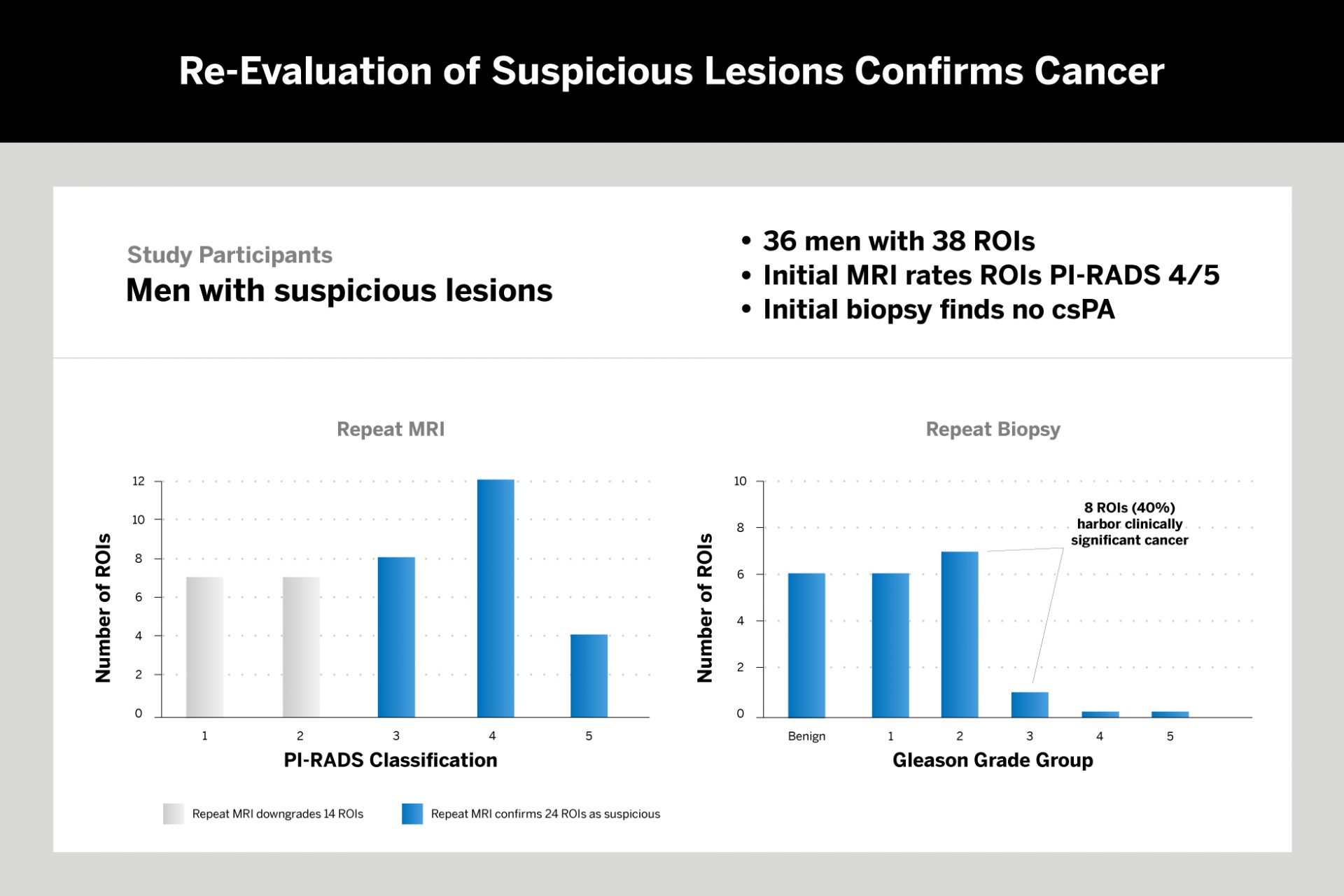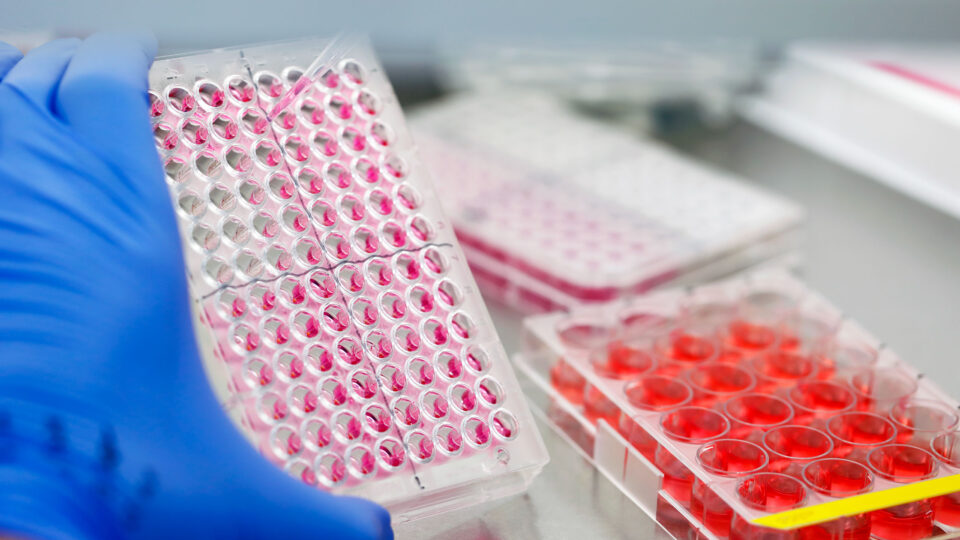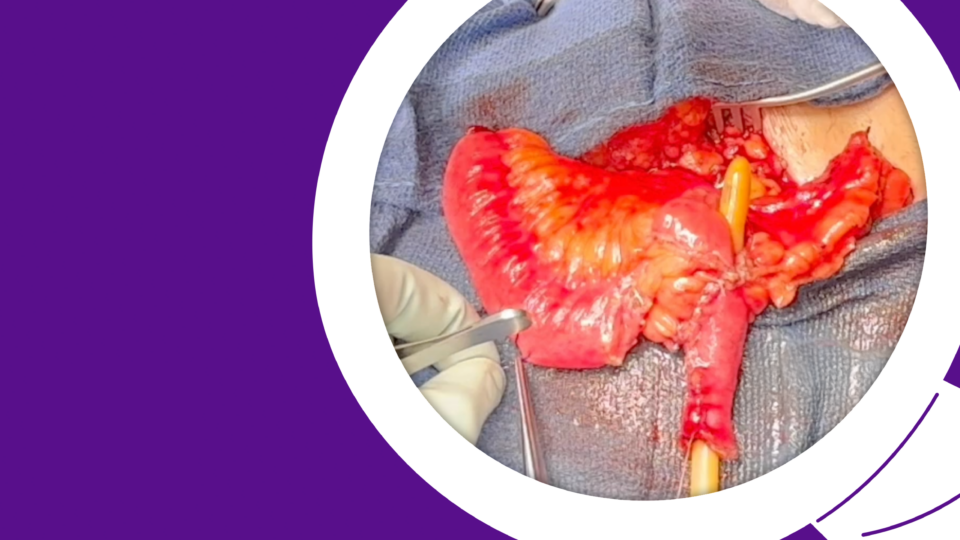Men with PI-RADS 4 or 5 ROI but no evidence of clinically significant prostate cancer defined as any Gleason pattern 4 disease following an initial biopsy should undergo early repeat MRI, and potentially repeat biopsy. That is the conclusion from a recent prospective study from investigators at NYU Langone Health, which reports that repeat biopsy has a clinically significant cancer detection rate of 40 percent.
“This diagnostic strategy will decrease false negative biopsies in men presenting with high risk of harboring clinically significant disease.”
Herbert Lepor, MD
Published in the Canadian Urological Association Journal, the study evaluated 36 men with at least one PI-RADS 4 or 5 ROI and no clinically significant cancer on prior MRI fusion target biopsy plus systemic biopsy. All patients underwent repeat MRI, which led to 14 ROIs being downgraded to PI-RADS 1 or 2.
A total of 20 ROIs remained suspicious following repeat MRI and were subjected to repeat targeted and systematic biopsy, with eight ultimately found to harbor clinically significant cancer. All repeat biopsies were completed within one year of the initial biopsy, suggesting that the detection of prostate cancer can be attributed to sampling error rather than disease progression.
The investigators also report that a high baseline level of prostate-specific antigen (PSA) may serve as a predictor of finding cancer on repeat biopsy.
“Our study supports a recommendation for early repeat biopsy for patients with PI-RADS 4 or 5 exhibiting no clinically significant cancer on initial biopsy who have persistently suspicious PI-RADS greater than 2 ROI,” says urologic oncologist Herbert Lepor, MD, senior author of the study. “This diagnostic strategy will decrease false negative biopsies in men presenting with high risk of harboring clinically significant disease.”






